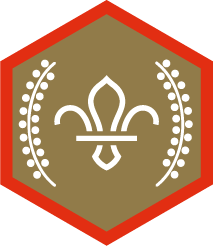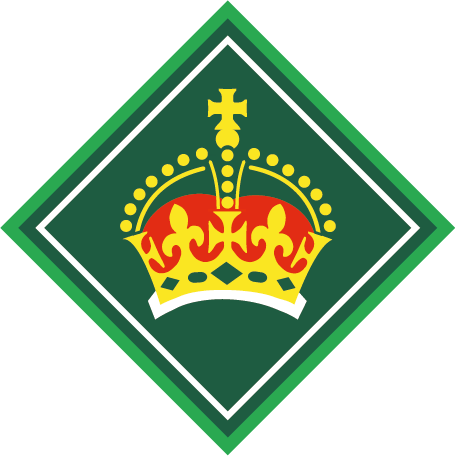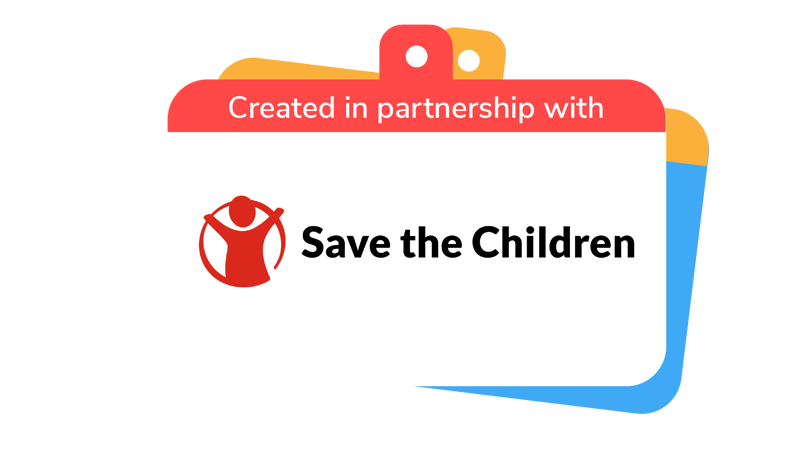
Welcome new arrivals
You’ll need
- Pens or pencils
- A4 paper
Before you begin
- Use the safety checklist to help you plan and risk assess your activity. Take a look at our guidance to help you carry out your risk assessment, including examples.
- Make sure all young people and adults involved in the activity know how to take part safely.
- Make sure you’ll have enough adult helpers. You may need some parents and carers to help if you’re short on helpers.
Planning and setting up this activity
- You may want to make a list of ‘unwelcoming’ characteristics before the session starts.
- Think about how people will create their guides, and pick up any extra materials or equipment you may need.
Play ‘You’re not welcome’
- Gather everyone together and ask everyone if they know how to make people feel welcome. Tell everyone that you’re going to play a game to see what it’s like to be made to feel welcomed or unwelcomed at their meeting.
- Ask everyone to get into two teams and stand at opposite sides of the space.
- The person leading the game should tell one group that they’re the ‘new arrivals’. They should act normally.
- The person leading the game should tell the other group that they’re going to give the new arrivals a bad welcome. They should give each player a ‘unwelcoming’ characteristic. Some examples include ignoring people, gossiping about someone, folded arms, not saying hello, scowling, walking away when trying to talk, talking over someone to someone else, whispering, laughing at someone, shouting at someone, or talking about people.
- Both groups should try to socialise together. The new arrivals should try to introduce themselves and make friends, while the other group should use their ‘unwelcoming’ characteristics to give them a bad welcome.
- Any adult volunteers and young leaders should encourage people to keep moving on and speaking to others from the other group.
- Everyone should gather back together. Anyone with a ‘unwelcoming’ characteristic should stop using it and return to their lovely, normal selves.
- Ask everyone who was being welcomed to see if they can guess what each person’s ‘unwelcoming’ characteristic was.
- Now, ask everyone how it felt when they were meeting the others. How did it feel to be in that group?
Talk about refugees and displaced children
- Refugees and displaced children are often new arrivals more than once, in different situations. Everyone should talk about any extra barriers they may face – for example, they may have to learn a new language and get used to a new culture, they may not have many things, and they may have faced some difficult things in their lives so far.
- Everyone should think about a time they arrived somewhere new, such as moving house, moving school, or starting a new activity or group. Did anyone do anything that made them feel welcome?
- In small groups, everyone should write a list of ways to welcome new arrivals. They should use their own experiences of what made them feel welcome, while trying to remember some of the barriers they talked about. For example, they could think about a buddy system or simple ways to explain what usually happens when the group meets, such as visual guides.
- Each group should use their list to create a guide for new arrivals at their group. It’s up to them how they display the information. For example, they could make a poster, a booklet, or something even more exciting.
- Everyone should work together to make sure their ideas happen. For example, if they thought about a buddy system, they should think about how they’ll introduce it and make it work so any future new arrivals get the best possible welcome.

This activity helps contribute towards some of the UN's Sustainable Development Goals. Find out more about the SDGs, and how Scouts across the world are getting involved.
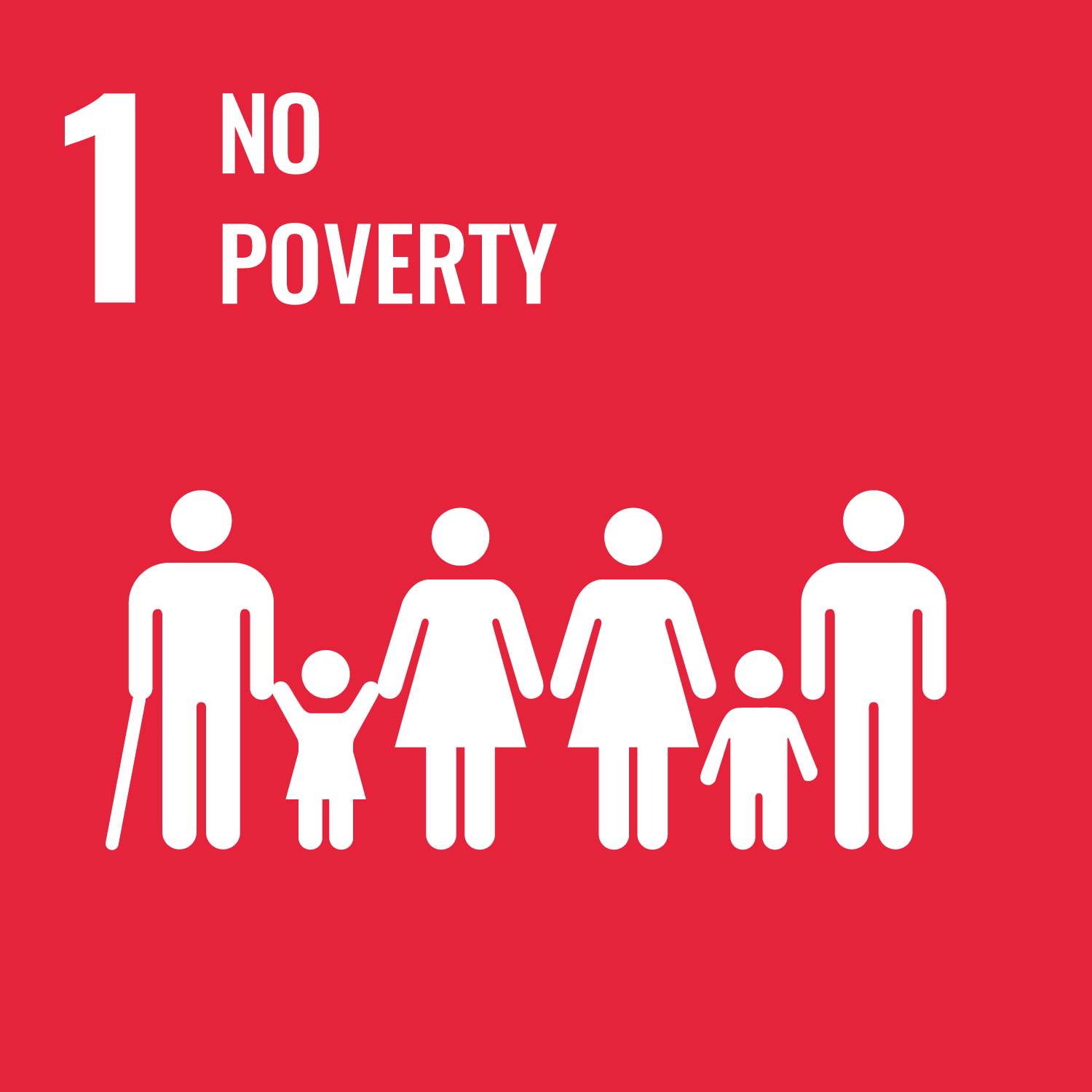



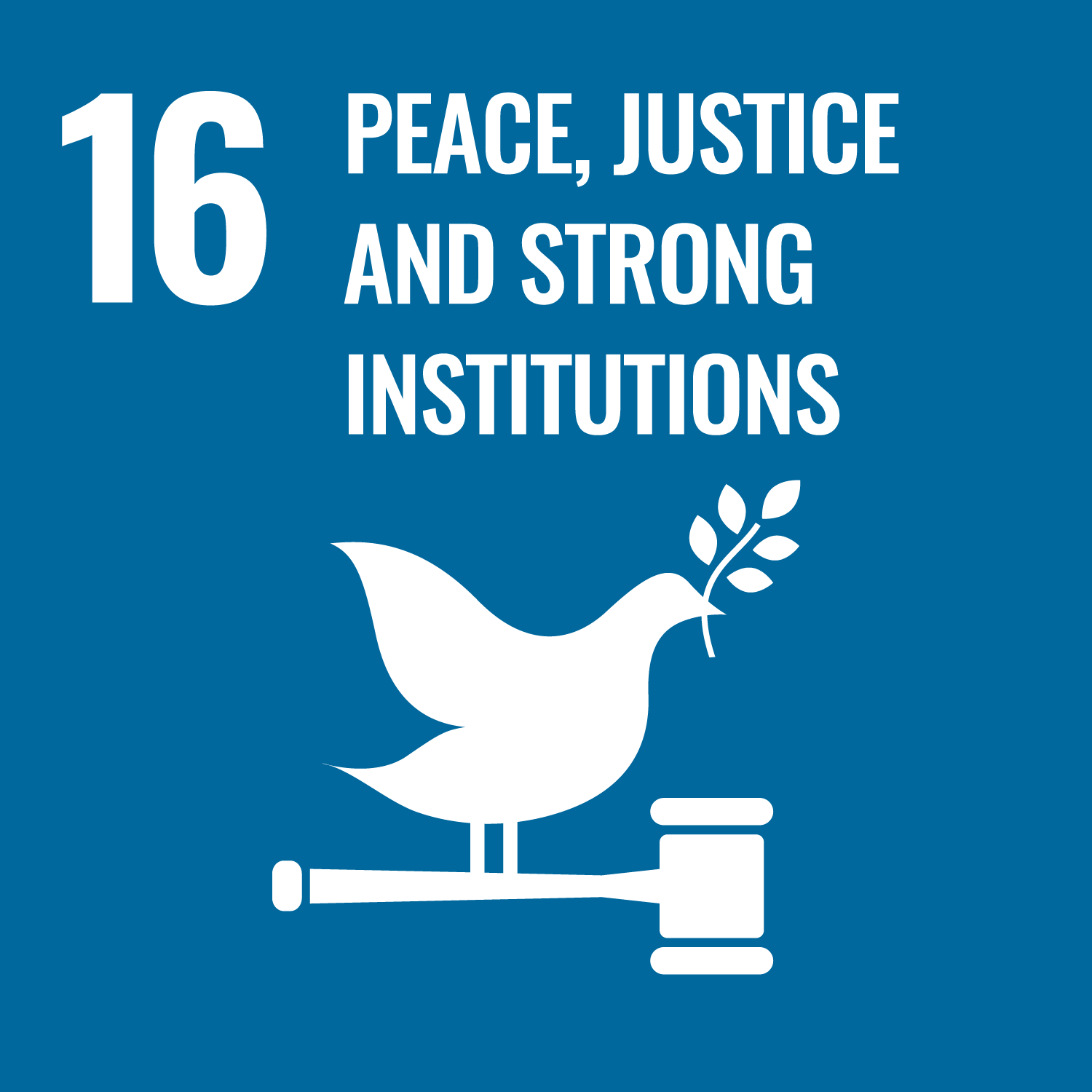
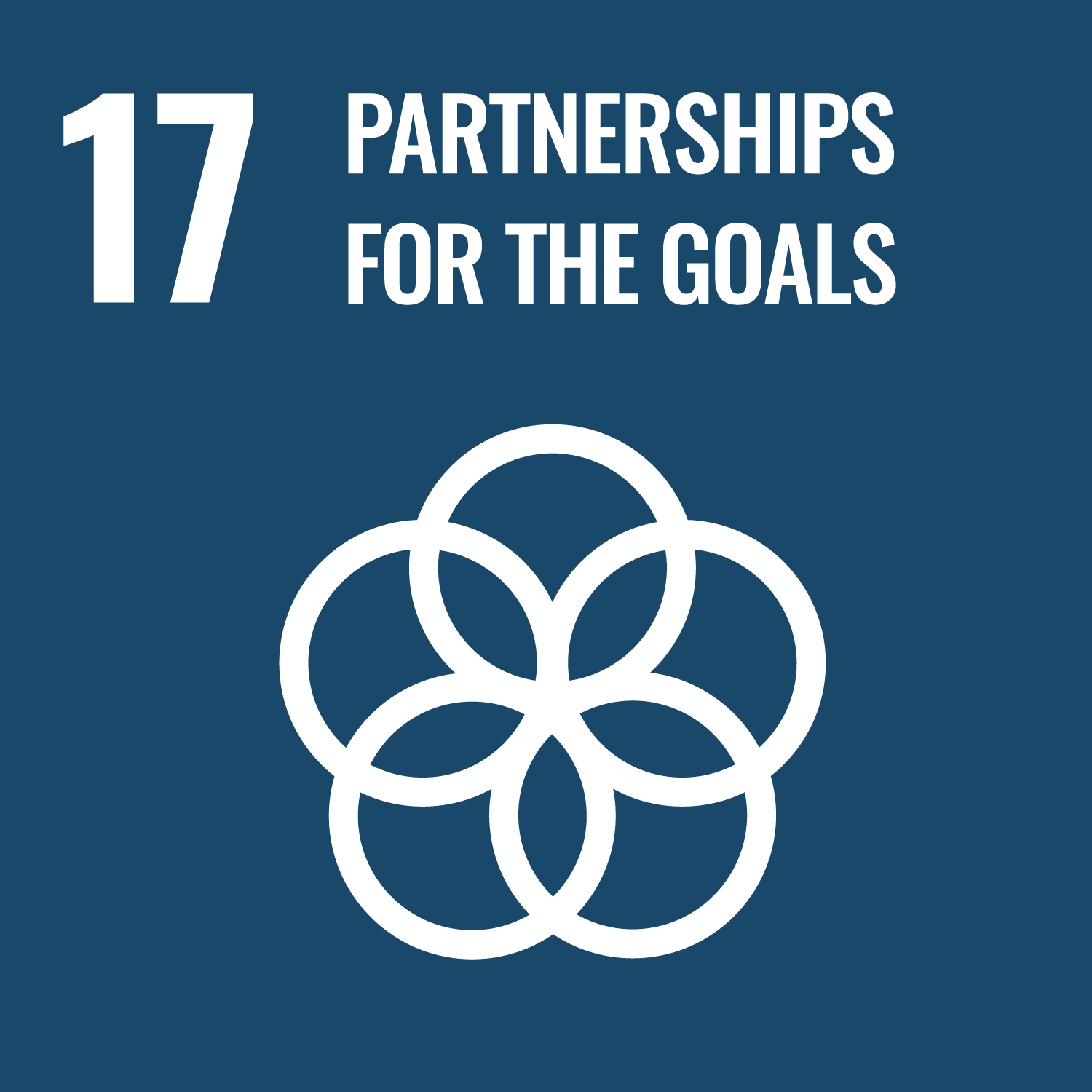
Reflection
This activity was a chance for everyone to care. Everyone should think about how they felt last time they were a new arrival somewhere – and how they were welcomed.
Earlier, everyone spoke about the extra challenges refugees and displaced children might face. How do people think they feel? How can everyone’s actions affect new arrivals? Maybe everyone could decide to do one or two things to make sure new people to the local area have a great welcome.
This activity also needed people to be team players. What would happen if one person was welcoming, but everyone else carried on with their unwelcoming characteristics? Could one person welcome everyone at once, or do people need to work together?
Safety
All activities must be safely managed. You must complete a thorough risk assessment and take appropriate steps to reduce risk. Use the safety checklist to help you plan and risk assess your activity. Always get approval for the activity, and have suitable supervision and an InTouch process.
- Scissors
Supervise young people appropriately when they’re using scissors. Store all sharp objects securely, out of the reach of young people.
Make sure the ‘bad welcome’ characteristics won’t upset anyone. For example, if anyone doesn’t like loud noises, you may not want to tell someone to be loud. If anyone’s especially sensitive, you may want to make sure they’re on the other group, so they give the bad welcome rather than receiving it.
All Scout activities should be inclusive and accessible.


